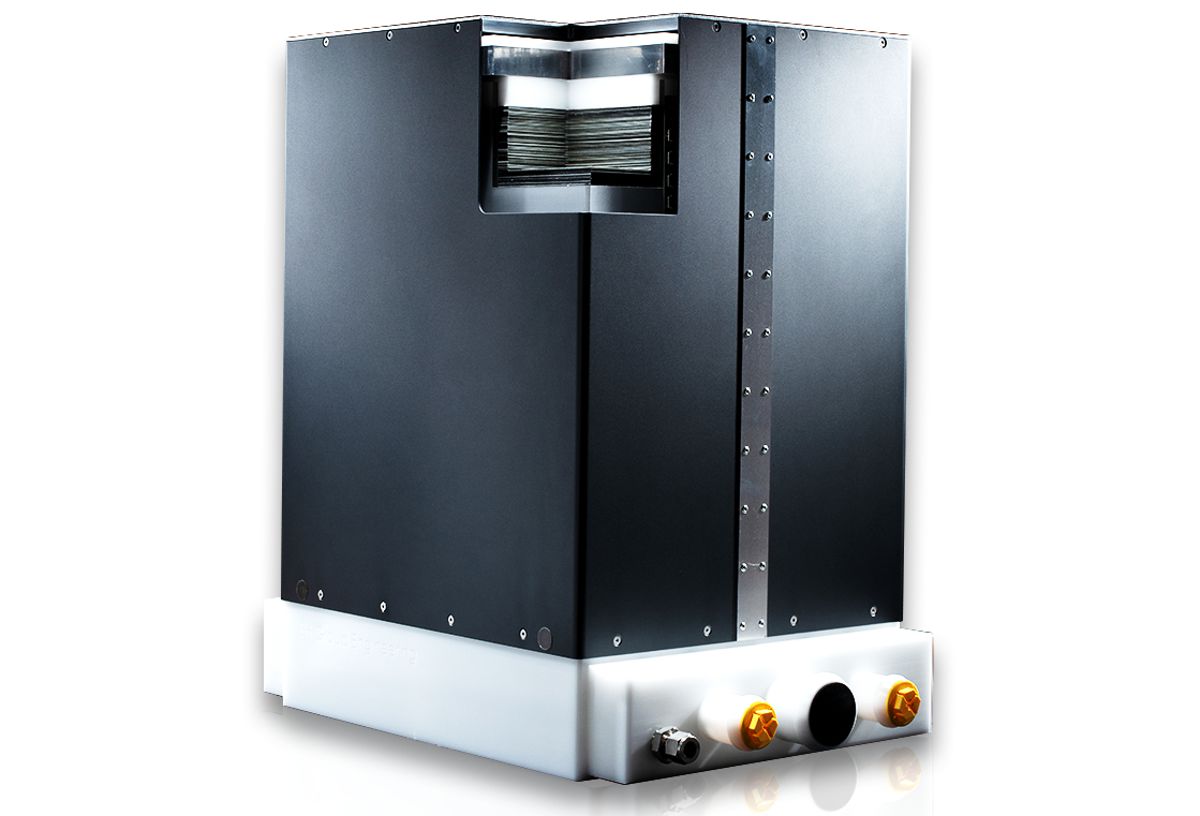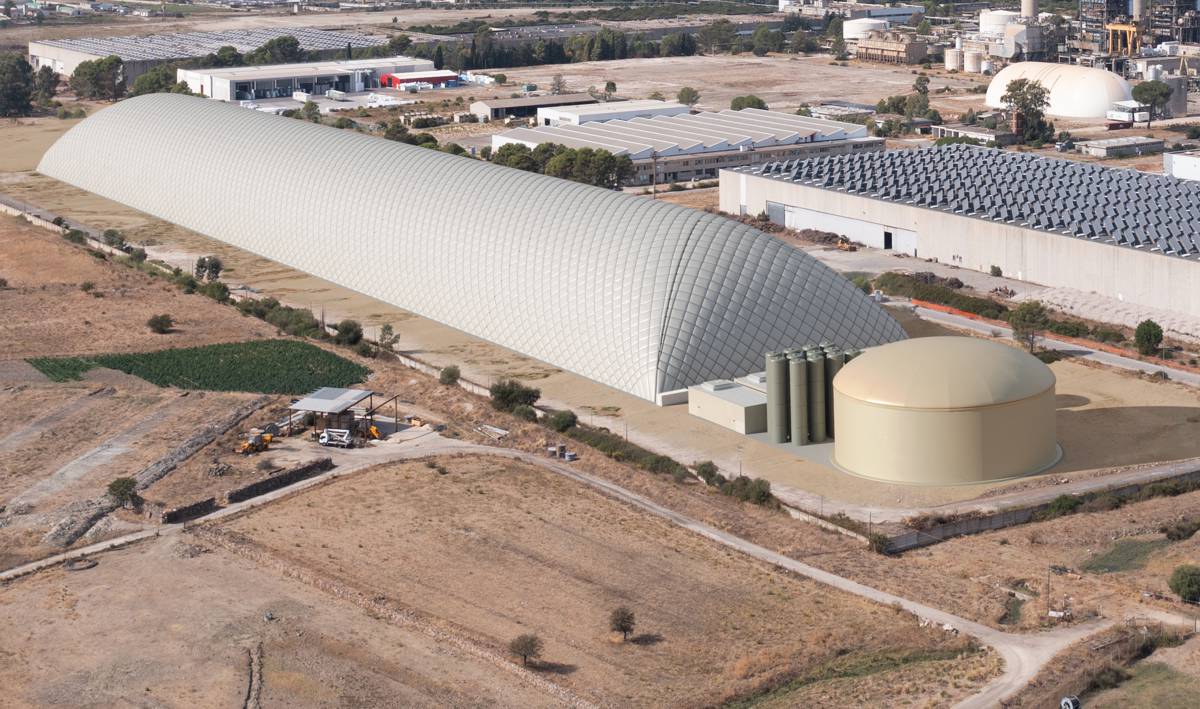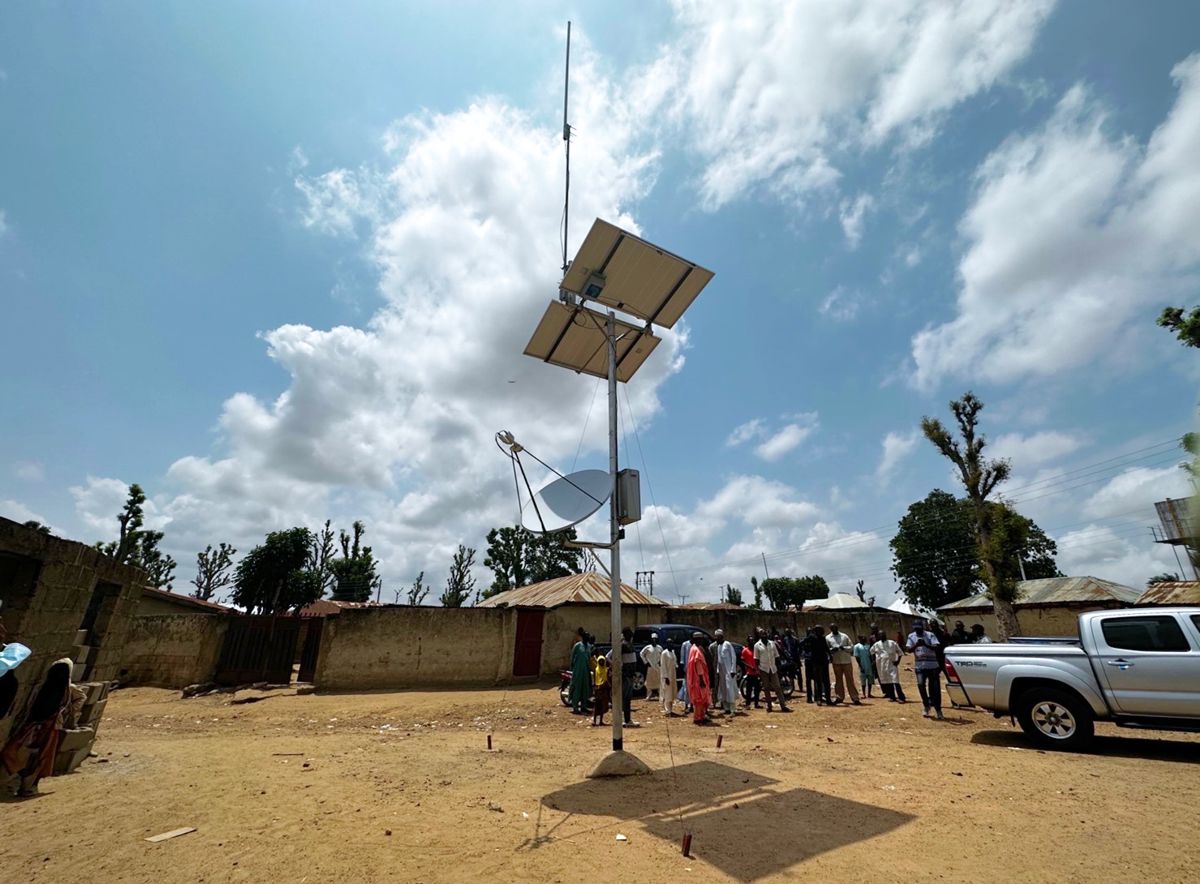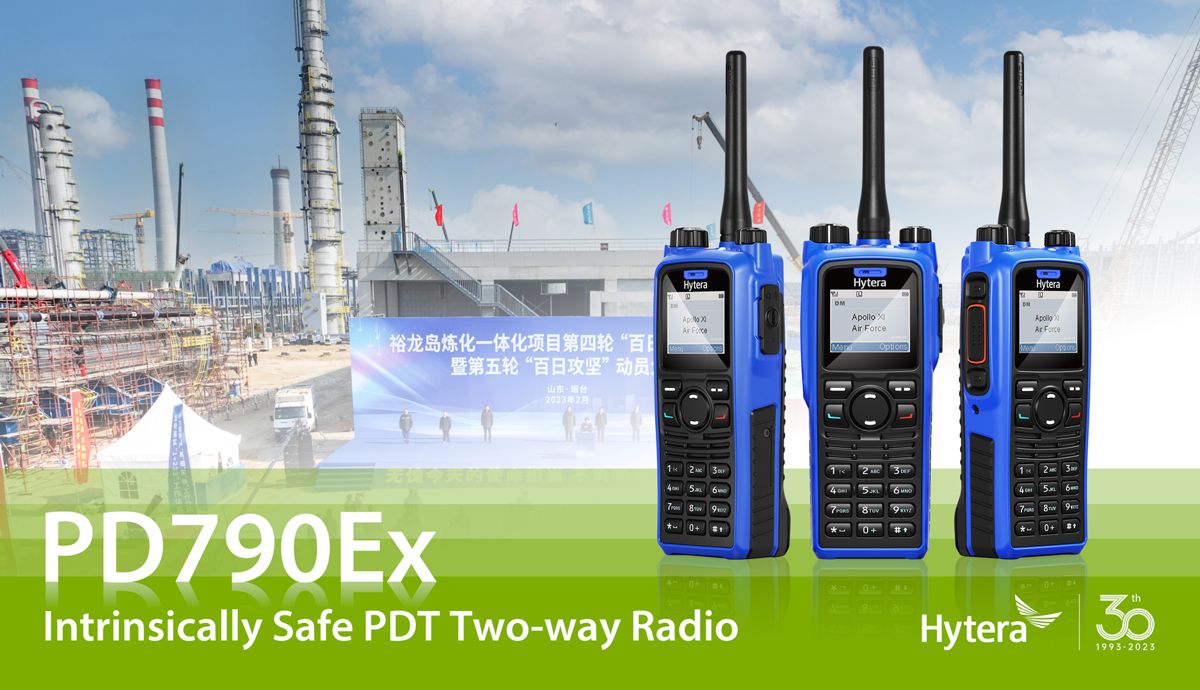Infrastructure and analytics are key to Autonomous Vehicles
Laura Schewel, CEO and co-founder of transport analytics company StreetLight Data answers some practical questions on the future of autonomous vehicles.
Practicality
There is a lot of talk of autonomous vehicles, but at the moment the sensors they rely on require ideal conditions to operate, would this limit their initial uptake to commercial operations that can put in the proper maintenance procedures to keep the fleet running safely?
I think that the limiter will be less on the operators of the vehicles, than on the operators and maintainers of the infrastructure. We all use the same roads, striping, signage, potholes etc. And having those poorly maintained assets hurts everyone – any type of AV, and makes driving less safe for normal drivers (and bikers, and pedestrians). As the CEO of a transportation analytics company that uses connected car and smartphone location data to improve infrastructure, I am more focused on three things:
- Using the excitement behind AVs to accelerate investment in infrastructure and maintenance that all travellers need regardless of mode.
- The types of data that these sensors can collect, how that data will be shared amongst different stakeholder groups.
- What actions regulators, consumers and manufacturers must take to ensure we measure the impact of AVs.
Regulation
From a safety perspective, self-driving cars will be regulated at some point. Will these regulations be so tough that they restrict the practical application for independent owners? Or will they force non-self-driving vehicles off the road?
I think the real implication is broader than traditional definitions of “safety.” I’m concerned with how regulators will define the goals and key performance indicators of AV deployment in terms of crash safety, but also climate impact and emissions impact of AVs. Climate change and air quality are hugely important to overall safety of our citizens – we need serious thought to create regulatory framework that doesn’t allow some small gains in one form of safety to create disasters for other forms. We need to view AVs as problem solvers. That requires specifically defining the problems we want them to solve and the steps that must be taken to solve them.
But that’s not all. We also must track our progress towards solving those problems – our benchmarks for every step. We are not yet at the point where we have clearly and collectively defined the steps that must be taken for AVs to improve “safety” conditions as yet.
Road Maintenance
Will perfect roads to operate on be a big issue for self-driving vehicles, especially outside of well maintained cities?
Road maintenance is a major problem for AV adoption, but it’s already a major problem for the drivers, bikers, pedestrians and transit operators that use our roads today. Baring significant technological innovation, AV adoption will be constrained in any location that fails to address them. My hope is that AV adoption-mania reminds policy makers and voters that these basics need to be at top of our list of transportation challenges to solve. Solving them will benefit all types all types of modes and people – and not just self-driving cars. AV manufacturers may be interested in co-investing with public agencies to improve roadway conditions. It would definitely benefit the manufacturers, but it would also benefit everyone else who uses the roads.
Networking & Big Data
One set of eyes is great, thousands of sets is even better! Should self-driving cars actively communicate with either each other or a central hub to share safety and telemetry?
For AVs to solve the problems of unsafe roads, inequitable transportation networks, and even air pollution, we must measure their progress towards solving those problems – and take corrective action along the way if necessary. If we don’t measure them, then we can’t manage them, and, unfortunately, that means they will probably won’t solve these problems.
Active centralized communications between AVs – either about on-the-road behaviour or tracking impact – probably requires that manufacturers share it. And that means that regulators will have to demand it and set formats. This could vary country to country – a tricky situation for global manufacturers. Another way would be to get the data from another source through some sort of technical innovation (like smart phone apps – though participation would not be 100%).
Vehicle Efficiency
One big truck does the equivalent damage to a roadway as 16,000 cars. Would lighter weight and more efficient autonomous delivery vehicles reduce the hazard to people and roads caused by big trucks?
Heavier trucks do cause more damage to roads. But the weight is in large part driven by what’s INSIDE the truck (weight per axle), so light weighting the rig will only go so far. They will need to be smaller vehicles – and that damages fuel efficiency (even if the fuel is electricity). So, I don’t think smaller lighter deliveries are necessarily a win – there are pros and cons both ways. Thus, the most important thing is to measure how these new technologies and configurations affect roads, safety and other drivers.
Systemic, persistent data measurement needs to be put in to place as soon as possible so we can see how those pros and cons net out. It’s critical to pilot these new technologies and to conduct trials that allow us to measure their impact objectively – because if scooter size robot delivery leads to pedestrian collisions and accidents, for example, they may not be the right approach.
Public transport
The cost of owning a car compared to using a car ride service now makes it practically cheaper to use a service, so car sales will likely plummet at some point soon. Will this dramatically change the way a cities roads are designed and used, removing congestion and making journeys super-efficient?
Well, I hope so, especially if those transportation services focus on putting several people into one vehicle! If it results in shifting trips made on public transportation to single occupancy vehicle trips, it may exacerbate congestion and decrease efficiency and quality of life.
The future
The genie is out of the bottle and all these things are coming about, but one thing is definite, it will all require Big Data, collected from every source, aggregated, integrated and analysed for every purpose. What plans does StreetLight Data have to be part of this future?
Our goal is to work with public agencies to measure the impact of AVs and other new technologies as they emerge – not after it’s too late to change course. As long as regulators put the proper systems in place, getting data from self-driving cars will not be an issue. The issue is understanding “everyone else” – that is, all the other users of the road — and measuring how their behaviour changes as AV technology is deployed. Historically, this data has been very difficult and expensive for public agencies to obtain, and it’s where we can help the most.















